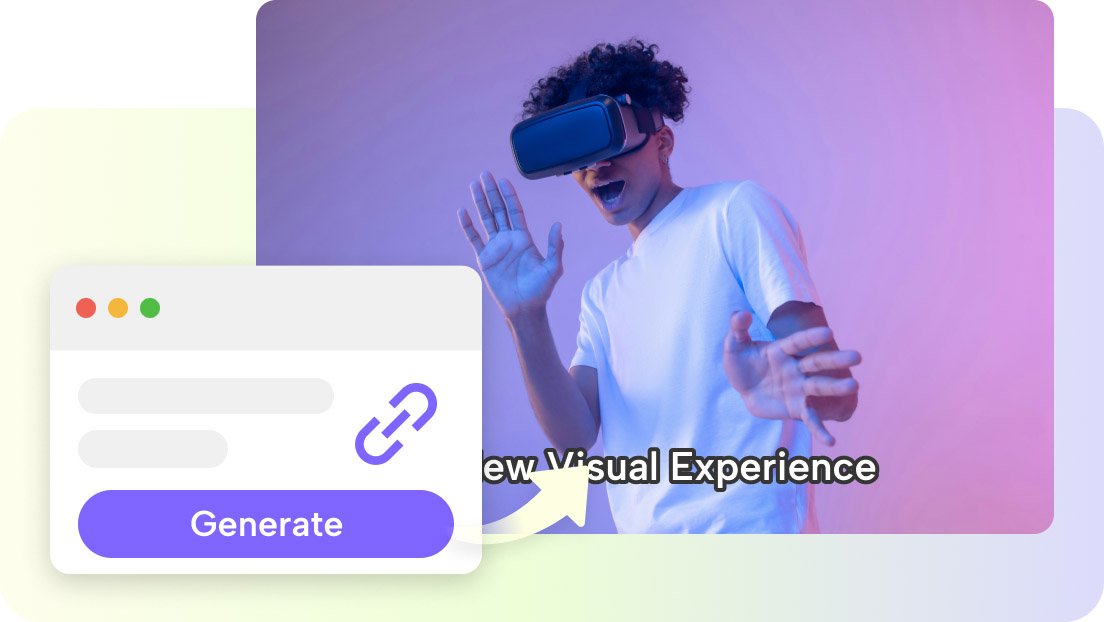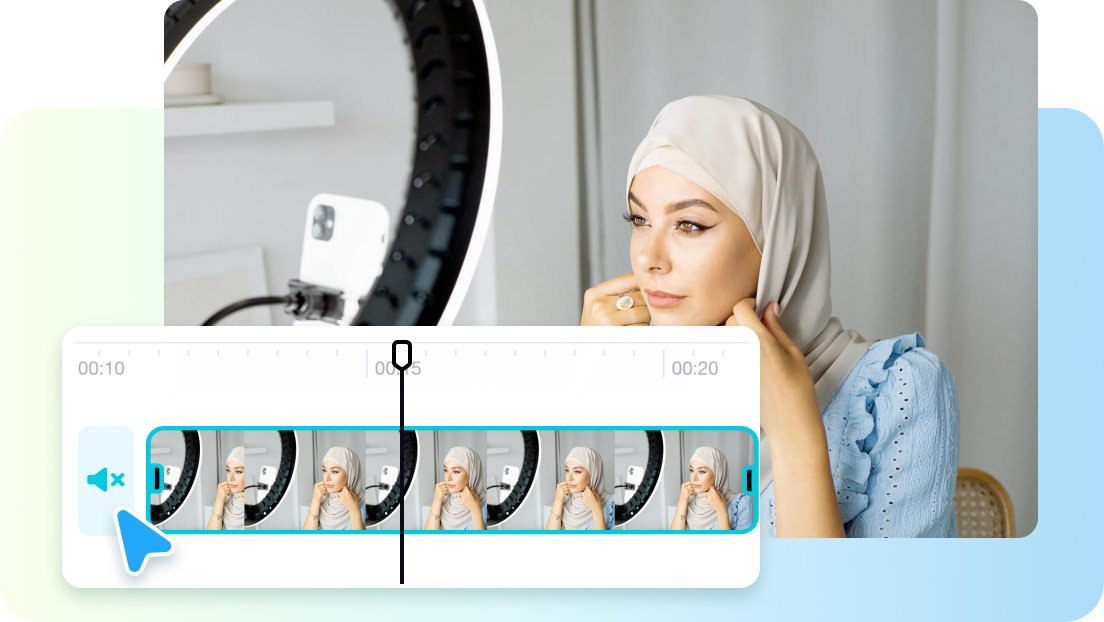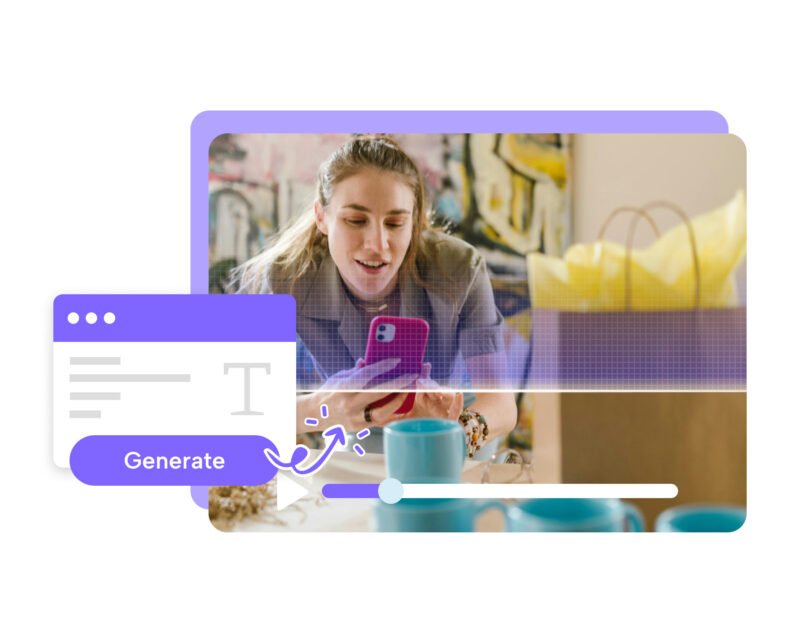Screens and content are all over the place and worldwide in the current digital era. For parents, it means being vigilant about what their kids are watching, absorbing, and even generating online. The internet is a valuable learning tool, but it also poses risks of inappropriate content, privacy invasion, and digital overexposure. That’s why digital parenting means more now than it ever has.
In this article, we’re going to look at how parents can safely steer their children toward using technology, and video content in particular. We will also point out how tools like Pippit by CapCut can be used to make safe, educational, and age-appropriate media for kids.
Why Children’s Videos Matter
Kids, these days, are not just watching videos; they’re making them. Kids are using the video format to learn about and to tell the stories they care about. Even on platforms like YouTube Kids, there are challenges around how to most effectively sort and filter content.
As parents, we need to:
Watch what our kids are watching
Encourage educational content
Teach responsible media usage
Teach children to know the difference between real and fake information
Producing safe and immersive video at home can help to keep the focus while reinforcing digital safety.
How to Keep Your Kids Safe Online: Tips from an Expert in the Digital Age
To keep children from harm as they confront video content, the following are key parenting practices:
Use Kid-Safe Browsers and Filters
Start with basic internet safety. Options such as SafeSearch features on search engines and browser plug-ins such as parental controls can be useful for limiting children’s exposure to negative content.
Watch and Create Together
Engagement in the creation of the content has the added benefit of strengthening the parent-child bond, and observing the content and format of the videos being created or watched.
Set Screen Time Boundaries
Kids can suffer from decreased focus, disrupted sleep, and emotional fatigue from spending too much time on screens. Set daily limits, using built-in device features or parental control software, and stick to them.
Educate Kids About Online Privacy
Children should be instructed to never share personal information online, in videos or in comments. Even the most banal content can provide hints about locations or routines if you aren’t careful.
Digital literacies in this context. The Digital Literacy Required for Video Making
“It’s not a matter of safety,” she says, “but teaching people, especially children, how to use technology in a healthy, smart way. So what does it mean to be digitally literate?
Find reliable sources
Recognize unsafe content
Think critically about media
Create ethical, informative material
Your kids will not only be building creativity, but also responsibility, if you encourage them to make school-related content like storytelling, DIY crafts, and kid-friendly science experiments into educational videos. When parents engage with and monitor, it turns the screen into a tool, not a terrible distraction.
Pippit by CapCut Encourages Safe Educational Content. Through Pippit’s website under FAQs, the following is posted regarding the app’s community guidelines: How work to support safe educational content?
Now, with the introduction of Pippit by CapCut, a powerful and user-friendly browser-based video-making application, all projects are easy. The platform uniquely provides family-friendly tools that serve both parents and educators who want a safe way to share content made for children.
Whether you’re looking to make written lessons come alive in videos, tell fun animated bedtime stories, or help your child make school projects more engaging, Pippit gives you simple ways to create videos without any hassle or setup.
Transform Ideas into Learning Narratives, Thanks to AI
With a text to video AI you can convert written scripts or learning material into an animated video. Imagine turning your child’s essay on dinosaurs into a colourful visual book – it’s education and fun in one!
This is a tool that can help parents teach their kids in an attractive, visual way that children easily understand and respond positively to. It also reduces screen scrolling and random content exposure as you can choose what is displayed.

Cut out unwanted audio to ensure a safer watching experience
Internet videos are sometimes plagued by an annoying or unsuitable background sound. If you’re curating content or editing clips for schoolwork, the remove audio from video tool is a great way to customize clips in a controlled, safe manner.
Parents can use that to edit videos before sharing them with children or a teacher to keep the focus on learning, not noise.

Supervised Creation Encourages Safe Exploration
Pippit provides the opportunity for you to continue to be a pivotal part of your child’s video-making. Every step picking safe visuals, tweaking scripts, slapping on narration, can be checked and modified if need be. This hands-on process also helps to reinforce digital and physical boundaries, while giving kids the freedom to express themselves creatively.
Creating Safe Practices Through Video Projects
Here are some virtual ways to create safe, educational video content at home:
Story Time Videos: Encourage your kid to tell their favorite stories and turn them into animated clips with Pippit by CapCut.
Experiments: Film simple home experiments and use video to explain what’s happening.
Projects: Tactics making cookies, tying shoelaces, are all examples of how to teach them something by doing this while developing their confidence and comfort on camera.
Digital Diary: Get children to record their day or express their feelings in a safe, offline video journal.
These are not only fun but also help children become thoughtful digital creators under your direction.
Safe Sharing on Family Platforms
If you want to share your child’s work with friends and relatives, consider showing it on platforms with privacy settings. Options like:
Private YouTube channels (when comments are turned off)
Family Facebook groups (limited audience)
Sharing can be done via email, or it can be shared out of the cloud.
Every video should be reviewed before posting, and don’t provide full names, home addresses, or details about a child’s school in the content, he said.
Final Thoughts: Parenting in the Age of the Internet
So, to wrap up How Parents Can Make Safe, Educational Videos for Kids in the Digital Age, I would personally suggest Pippit is one of the best ways for parents to participate in their children’s digital lives is to make safe but educational videos with them. With the proper tools and a little proactive thinking, you can help your child learn, grow, and create responsibly online.
Apps and platforms like Pippit by CapCut are enabling parents to take the reins in content creation as they help turn screen time that might otherwise be “passive” into a learning or bonding opportunity. Making stories, trying out content and special issues, and video-making is a way to raise site-savvy and safe kids.






